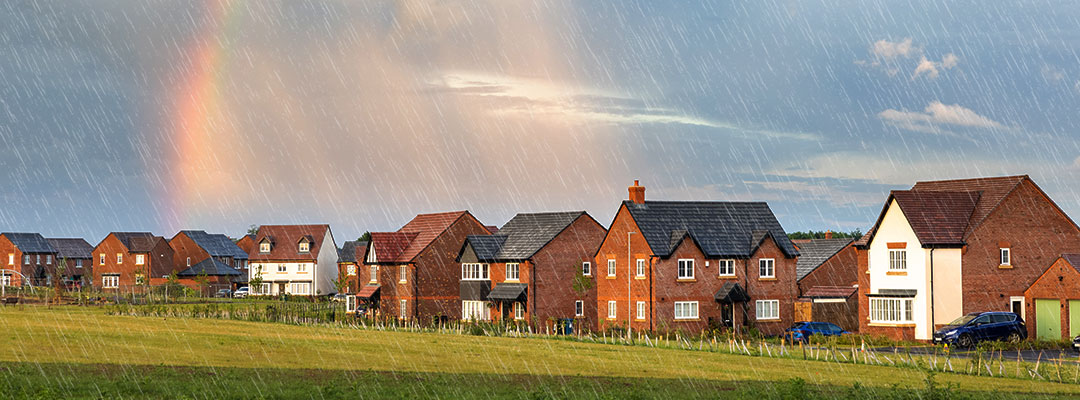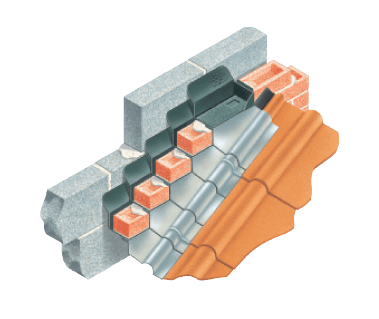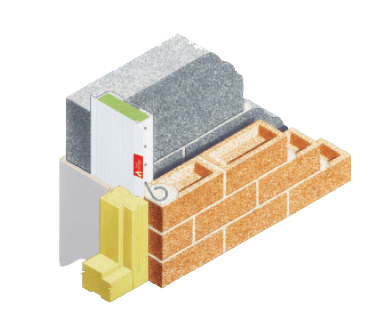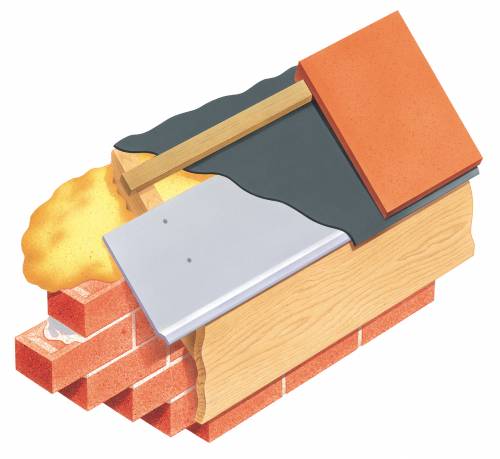Elevation Evaluation

Water penetration of the exterior leaf of a masonry wall is a common problem that can cause damage to the building envelope and affect the performance of the cavity insulation. The risk of water ingress depends on various factors, such as the location, exposure, design, and construction of the wall.
One way to assess the potential for water penetration is to look at the different levels of the wall, from the roof to the ground. The higher and more exposed a level is, the more likely it is to be affected by water from rain or other sources. For example, brick dentil coursing, which is a decorative feature at the top of a wall, can provide a water entry route due to cracks or gaps in its joints. On the other hand, a painted rendered area at ground level may be less exposed and less prone to water penetration.
However, even if water does not penetrate downward behind the render, it may still cause problems if it seeps into other parts of the wall. Therefore, it is important to evaluate whether there are any openings or defects in the wall that could allow water to enter or escape. Some examples of these are:
- Weep holes: These are small holes in the cavity wall that allow water to drain out of the cavity and prevent moisture accumulation inside.
- Damp-proof courses (DPCs): These are horizontal layers of material that run along the bottom of a cavity wall and act as a barrier against water ingress.
- Wall ties: These are metal straps that connect different masonry units together and provide structural support and stability.
- Insulation: This is any material that fills up space between masonry units and reduces heat loss or gain.
The type and style of lintel and sill also affect how well a wall can resist water penetration. A lintel is a horizontal beam that spans over an opening in a wall, such as a door or window. A sill is a horizontal ledge that supports a window frame. If these elements are not properly designed or installed, they may create gaps or cracks where water can enter or escape.
When designing and constructing your masonry walls, you should follow the following best practices to protect your building envelope from water penetration:
- Use high-quality materials and workmanship that meet industry standards and regulations.
- Ensure that all joints between masonry units are filled with mortar and have adequate profiles to prevent cracks.
- Avoid using pointing techniques that create voids or depressions in mortar joints.
- Install weep holes at appropriate locations along your cavity walls.
- Use DPCs with suitable thicknesses and materials for your climate zone.
- Use wall ties with appropriate sizes and shapes for your cavity walls.
- Use insulation with suitable types and densities for your cavity walls.
The experts at Cavity Trays Limited have been providing solutions for all related situations to cavity walls for over 100 years. Our experience in developing innovative products for construction professionals means that we offer technical support, design assistance, speedy delivery, and a 30-year product warranty for our customers.






